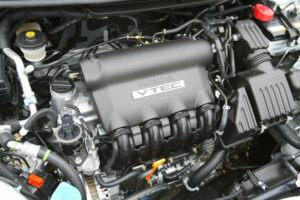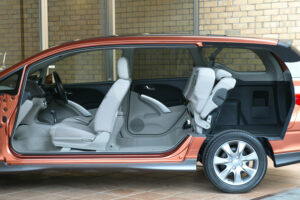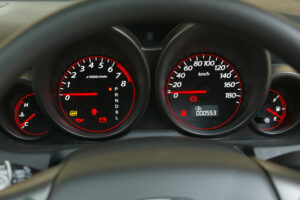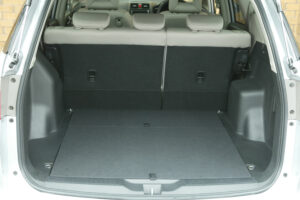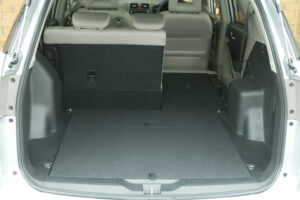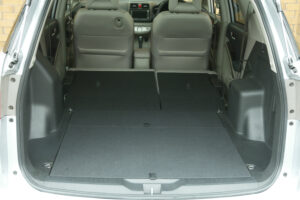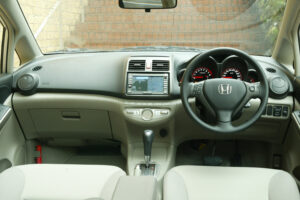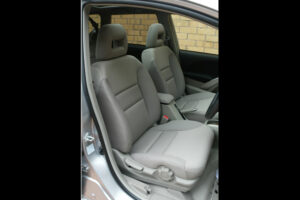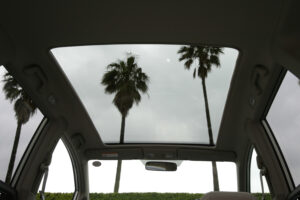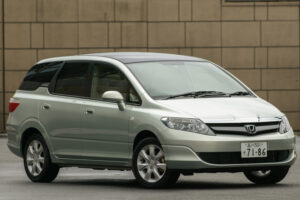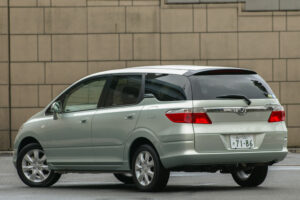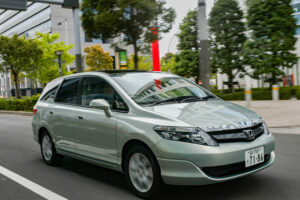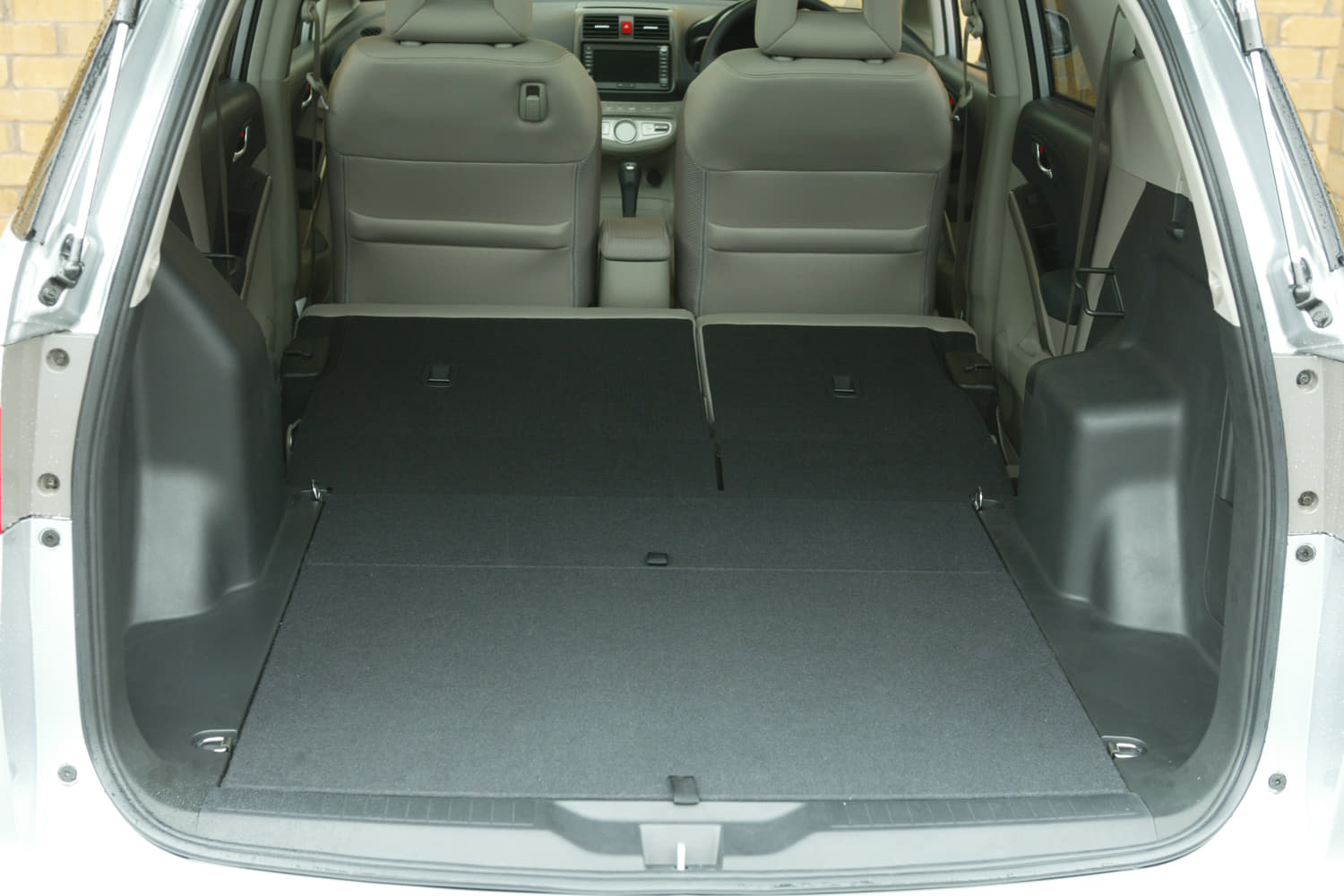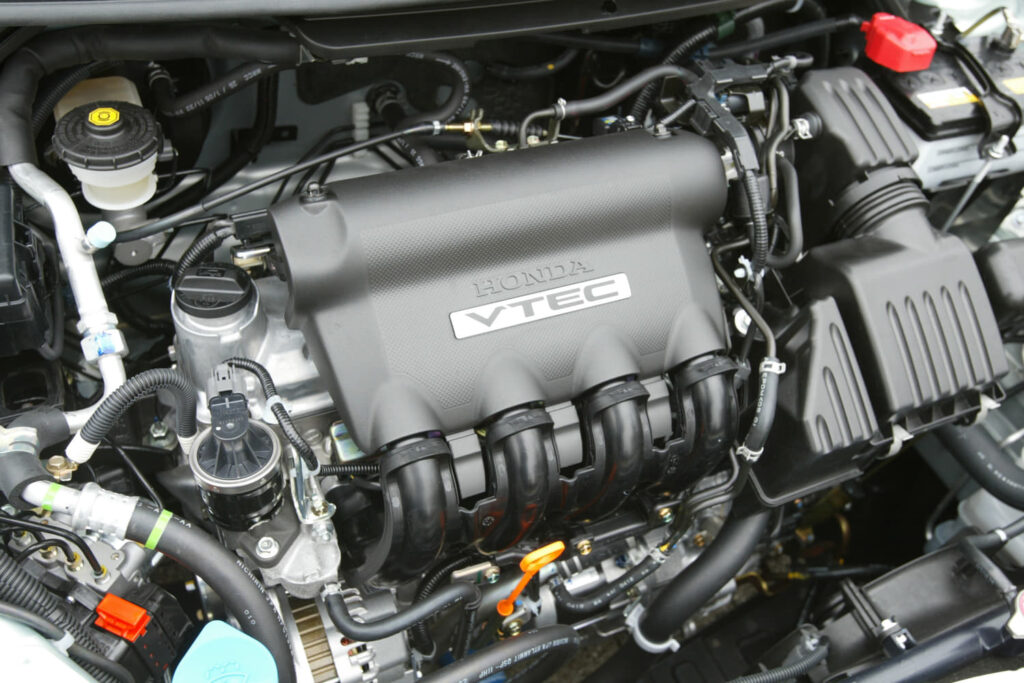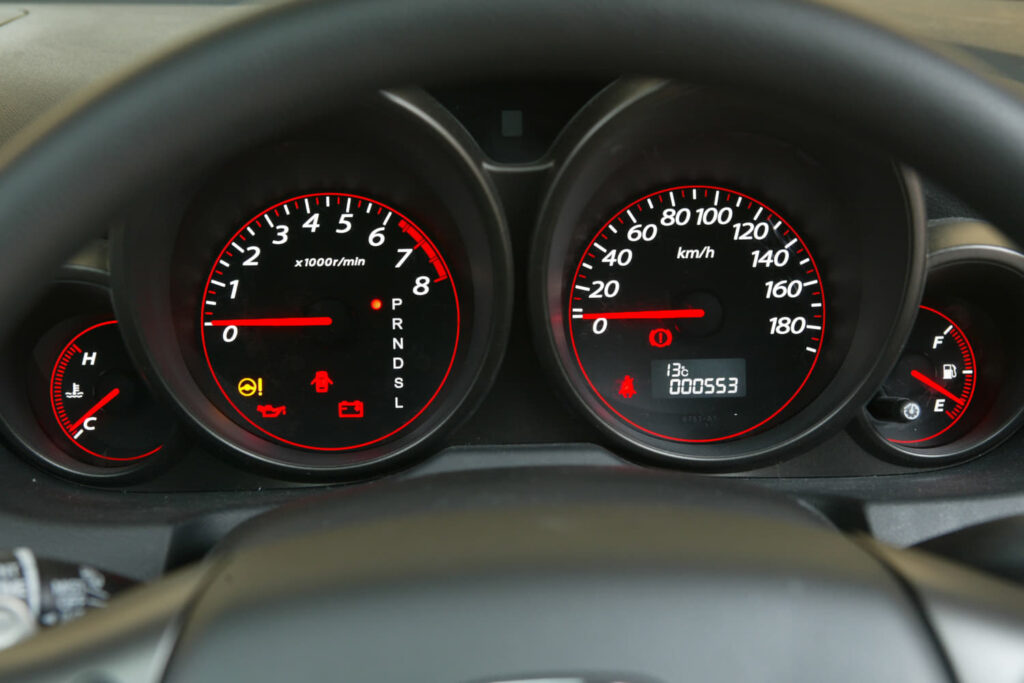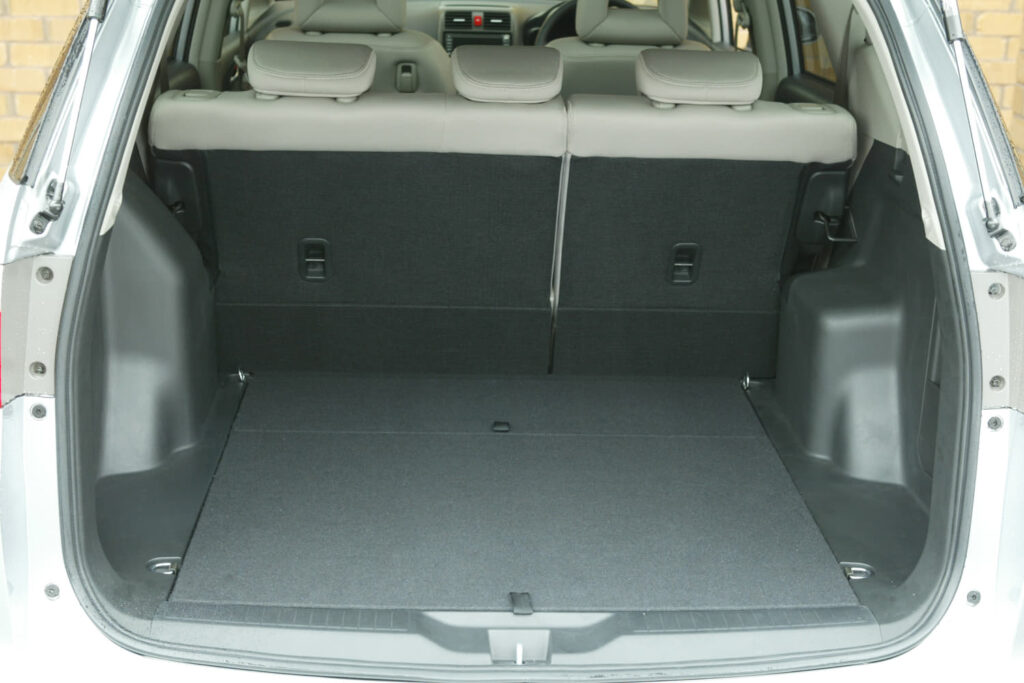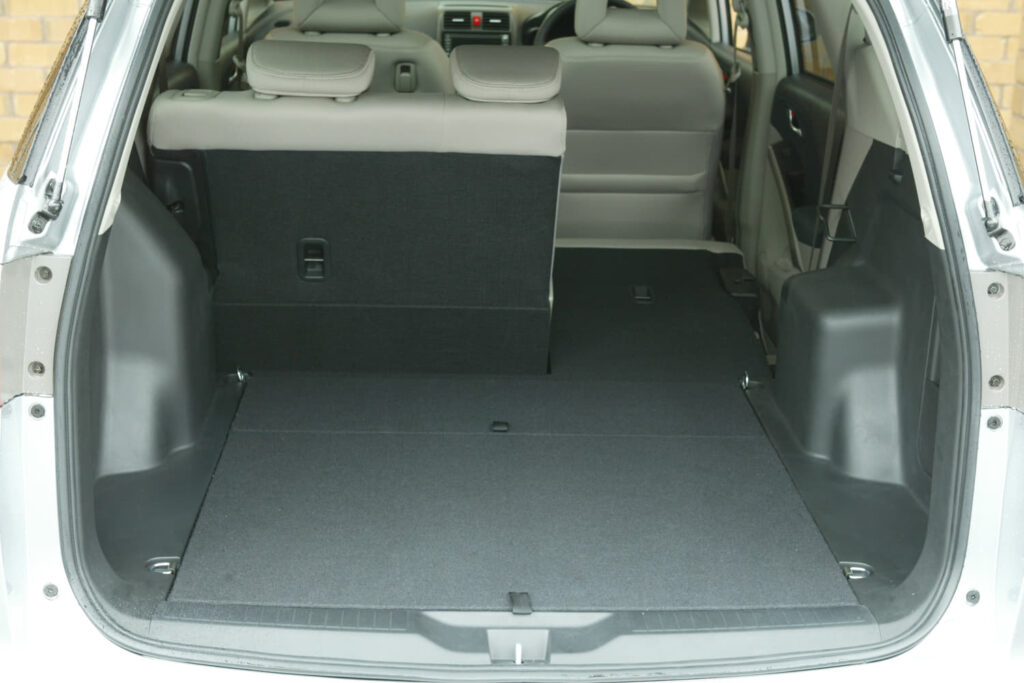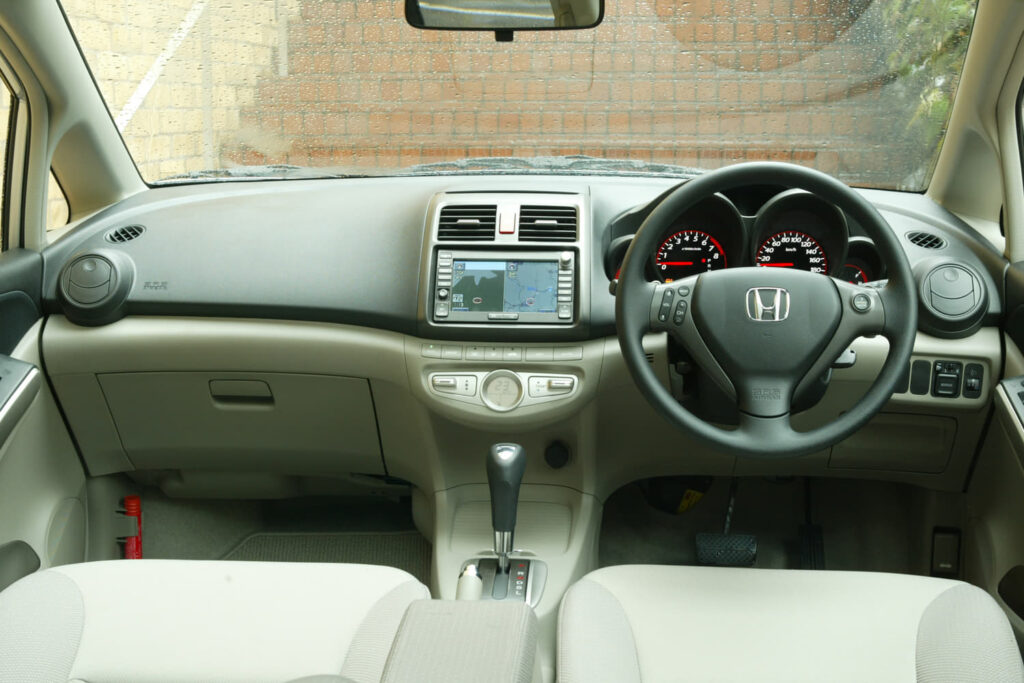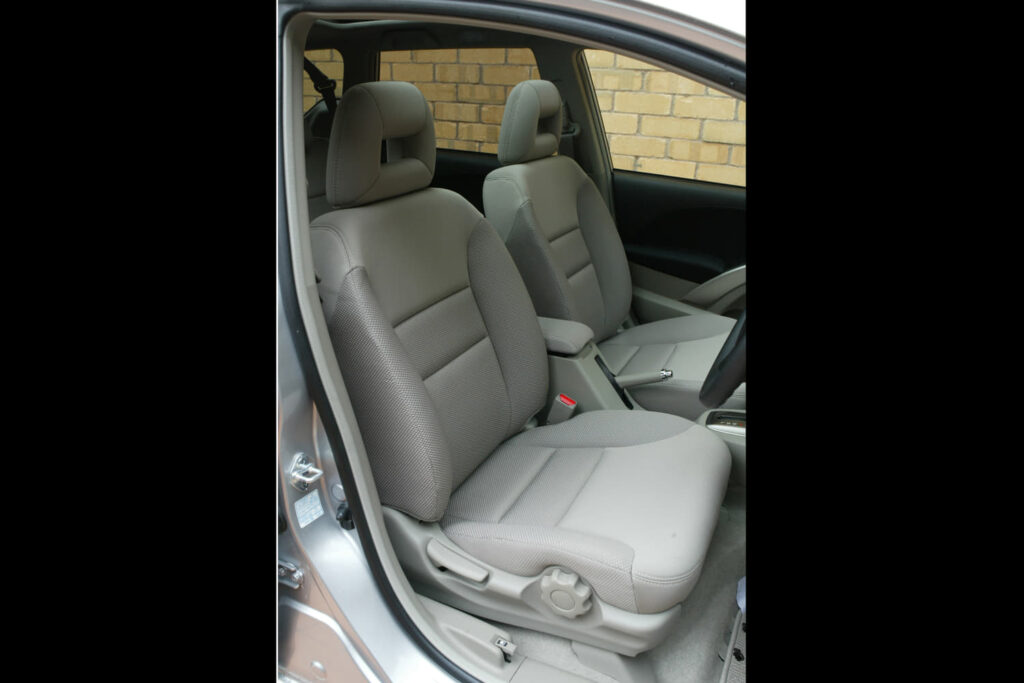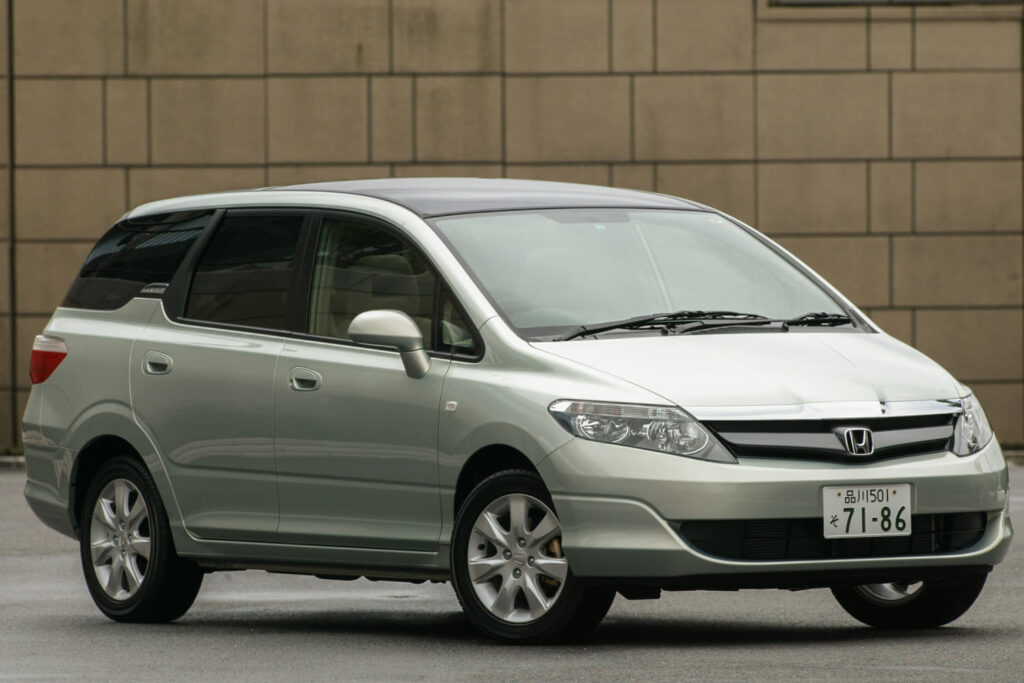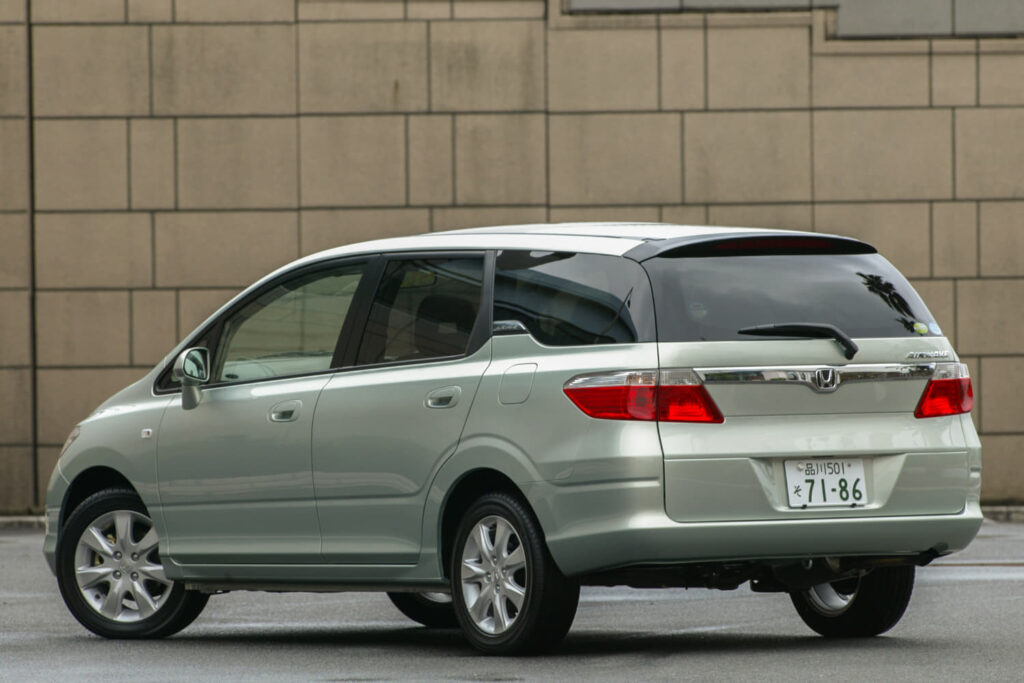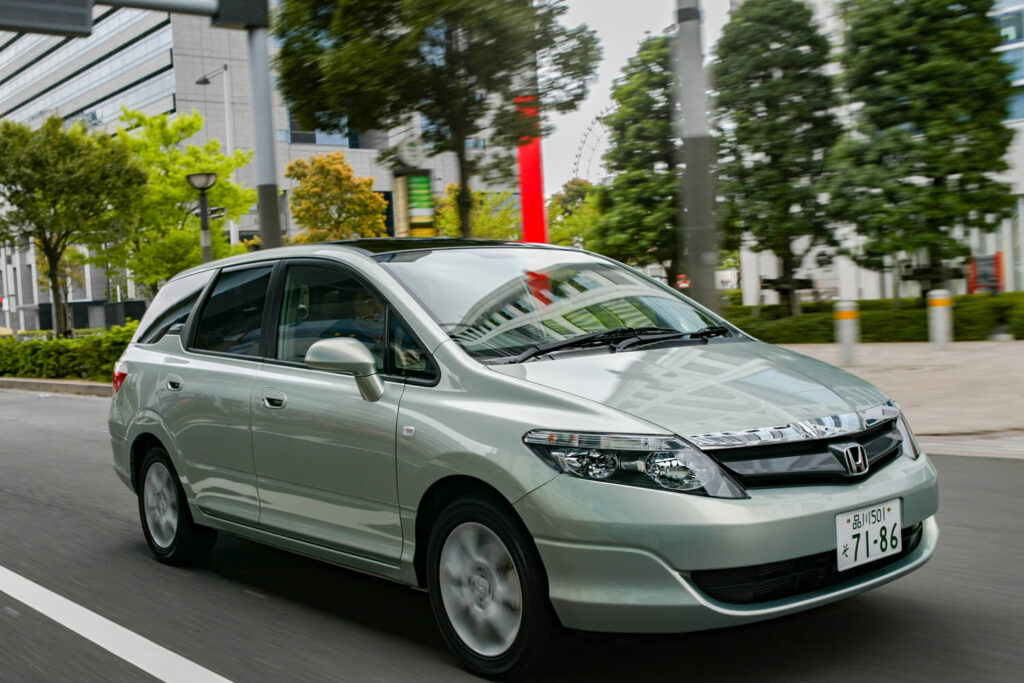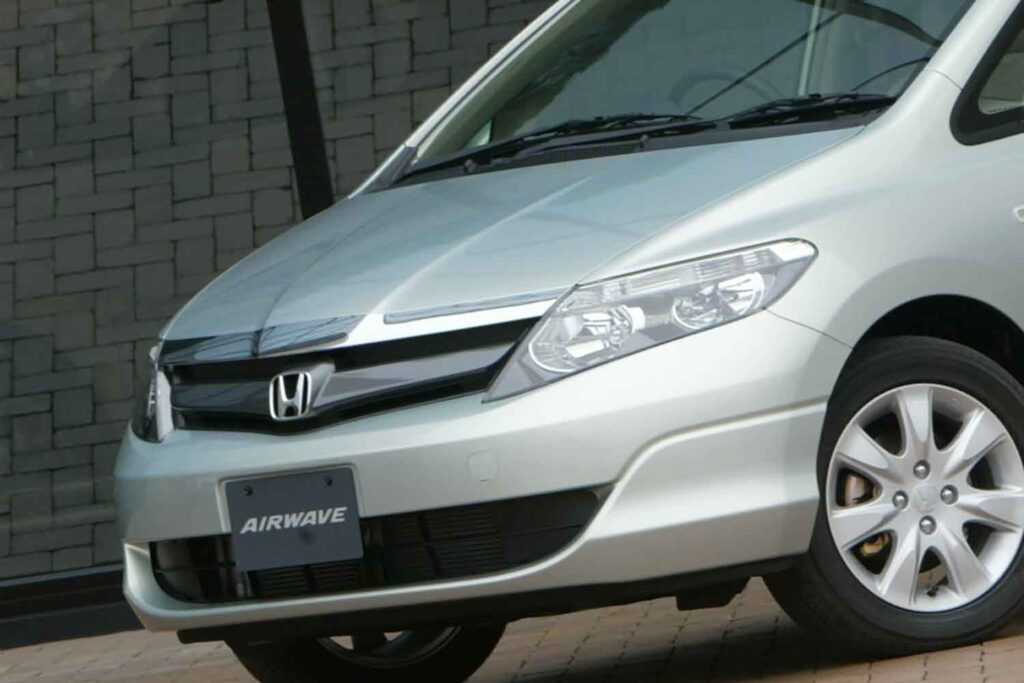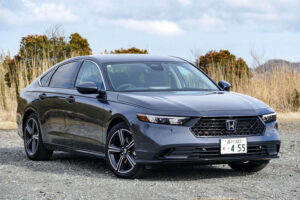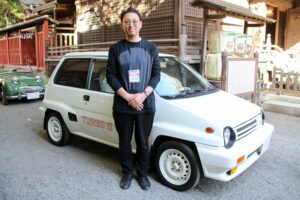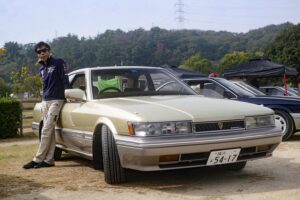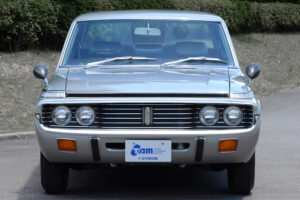Attractive spacious interior that is hard to believe for a compact size
The Honda Airwave, introduced in 2005, was a station wagon based on the platform used in the first-generation Fit, and the new car was priced at less than 1.5 million yen (approx. 10,000 USD) for the entry model. What kind of car was it?
There was also a version with a large glass roof named Skyroof
Although station wagons are currently in the doldrums and one by one they are disappearing from the line-up of Japanese manufacturers, they were never all unattractive models when considered as cars. The Honda Airwave introduced here can be said to be one of the station wagons that were tossed about during these unfortunate times.
The Airwave, which was launched in April 2005, was the first compact-size station wagon to appear on the market since the Orthia, which was discontinued in 2002, and was based on the same platform used in the first-generation Fit.
The Airwave had a center tank layout inherited from the first-generation Fit, and because it was a station wagon, the wheelbase was 100 mm longer than that of the Fit, ensuring that, despite its compact size, it had enough interior space to accommodate people in the rear seats.
The Fit’s Ultra Seat features a ‘Utility Mode’ that allows the rear seats to dive down to create a spacious cargo area, a ‘Long Mode’ that allows the front passenger seat to recline to accommodate long items, a ‘Tall Mode’ that allows the rear seat to tip up to carry taller items, and a ‘Tall Mode’ that allows the front headrests to be folded down to accommodate taller items. Tall mode”, and “Refresh mode”, in which the front headrests can be removed and folded back to create a space where the driver can stretch their legs and relax.
Another feature of the car was its very high basic performance as a station wagon, taking advantage of the center tank layout to achieve a low, flat luggage space with a floor height of 520 mm above ground level.
And the biggest point of the Airwave was that it was lined up in a version with a large glass roof, named ‘Skyroof’.
Some of you may remember the catchphrase “surprise in the sky”, but with a large glass roof measuring 1110 mm (front to rear) by 770 mm (front to rear) and electric sunshades covering the front and rear seats, the Skyroof, although fixed, provided an overwhelming sense of openness and roomy interior space. The roof is fixed, but the interior space is roomy.
Although the entry model was priced at less than 1.5 million yen (approx. 10,000 USD), it was also attractive because it boasted a 1.5-liter engine CVT powertrain, which was similar to that of the Fit, and equipment that did not give it a lower-model feel, such as a quadruple meter with a tachometer.
However, the Airwave was introduced at a time when demand for station wagons was already declining, and it failed to become a popular model, with sales ending in the summer of 2010.
However, it is still a competent station wagon, so those looking for an affordable, easy-to-use compact station wagon may want to check out a used Airwave.
translated by DeepL






